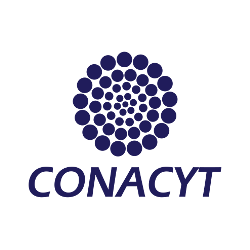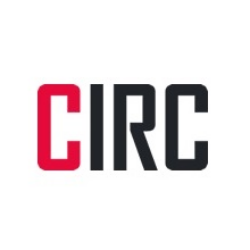Abstract
This article studies the stones known in Purepecha as janamus: slabs with
engraved motifs used by the Tarascans on exterior walls in two different
spaces of a ceremonial nature at Tzintzuntzan, Michoacan. These are the
archeological site itself and the former Franciscan monastery. Information
is presented regarding the images carved on the janamus and their direct
relation to the original constructions and also to the motifs of cave
paintings. The religious rituals and other activities to which each
precinct was devoted are also referred to. The article examines the reuse
of these stones in the framework of a retrieval of the ancient past linked
to historical memory and the attempts of the ancient Purepecha elite of
Tzintzuntzan to conserve their privileges after the Conquest. It also
considers the significance of these buildings and the pictorial images that
were made of them as part of a document submitted in support of the
city's wish to be made capital of Michoacan.
Downloads
Download data is not yet available.


















